Home>Furniture & Design>Bathroom Fixtures>Why Is The Shower Tile Turning White
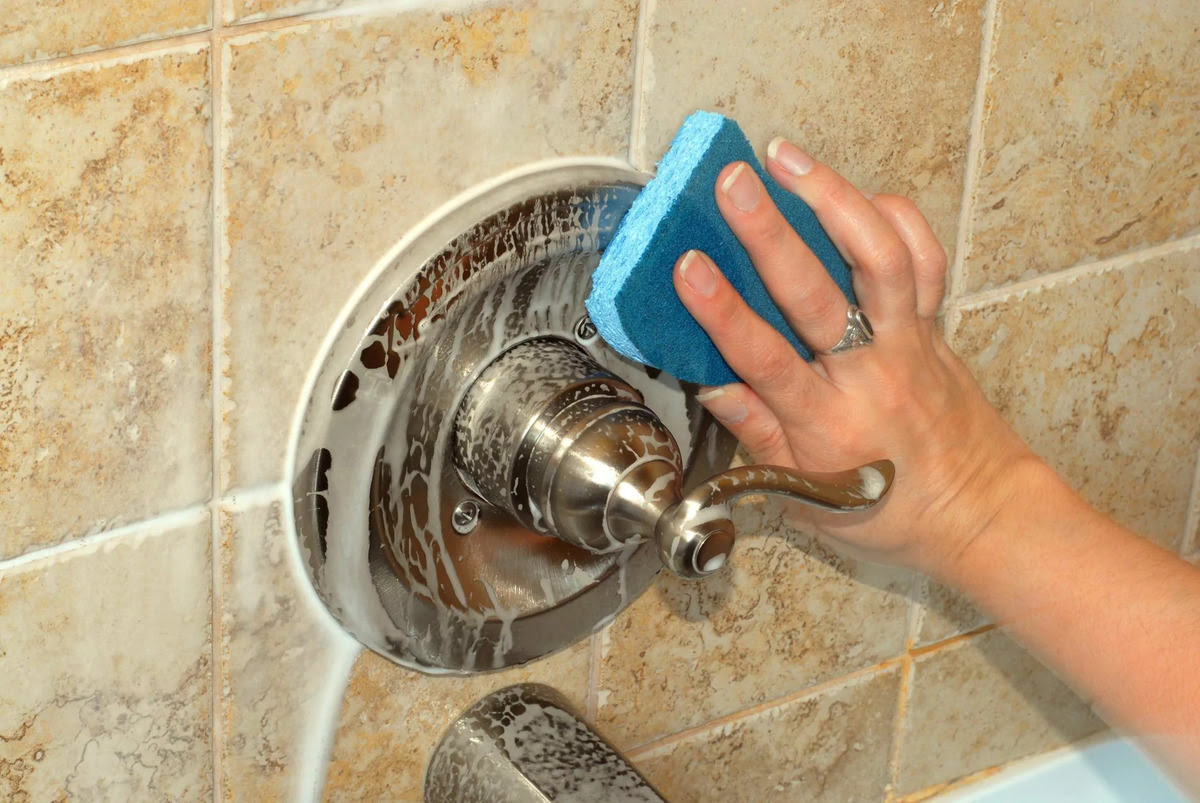

Bathroom Fixtures
Why Is The Shower Tile Turning White
Modified: January 24, 2024
Learn why your shower tile is turning white and how to fix it with our expert tips on bathroom fixtures. Keep your bathroom looking fresh and clean.
(Many of the links in this article redirect to a specific reviewed product. Your purchase of these products through affiliate links helps to generate commission for Storables.com, at no extra cost. Learn more)
**
Introduction
**
When it comes to creating a serene and inviting bathroom space, the aesthetic appeal of the shower area plays a pivotal role. However, an unwelcome sight that can mar the beauty of your shower is the appearance of white spots or discoloration on the tiles. This phenomenon, known as "white shower tile," can be a source of frustration for homeowners and a perplexing mystery for many.
In this comprehensive guide, we will delve into the causes of white shower tile, explore common solutions to address this issue, and provide valuable tips for preventing its recurrence. By gaining a deeper understanding of the factors at play and learning how to effectively combat this problem, you can restore the allure of your shower and maintain its pristine condition for years to come.
So, why is your shower tile turning white? Let's embark on a journey to unravel the mysteries behind this phenomenon and equip you with the knowledge to tackle it head-on.
**
Key Takeaways:
- Say goodbye to white shower tile by using natural remedies like vinegar and baking soda, and specialized cleaners for mold and mildew. Prevent future discoloration with regular maintenance and water softening systems.
- Combat white shower tile with targeted solutions like grout restoration and gentle tile cleaning. Prevent recurrence by ensuring proper ventilation and proactive maintenance, preserving the pristine beauty of your shower space.
Understanding the Causes of White Shower Tile
**
White shower tile, often characterized by the emergence of chalky or powdery white deposits on the surface, can stem from various underlying causes. Understanding these factors is crucial in formulating an effective strategy to combat this perplexing issue. Here are some common culprits behind the occurrence of white shower tile:
**
1. Hard Water Deposits
**
One of the primary causes of white shower tile is the accumulation of hard water deposits. When water with high mineral content comes into contact with your shower tiles and fixtures, it can leave behind unsightly residues, manifesting as white spots or streaks. These deposits are primarily composed of minerals such as calcium, magnesium, and silica, which can adhere to the tile surface over time, resulting in the characteristic white discoloration.
**
2. Mold and Mildew Growth
**
Mold and mildew thrive in moist, humid environments, making the shower a prime breeding ground for these unwelcome intruders. The presence of mold and mildew can lead to the formation of white patches on the tile surface, often accompanied by a musty odor. These fungal growths not only compromise the visual appeal of the shower but also pose potential health risks, making their eradication a top priority.
**
3. Residue from Cleaning Products
**
The use of certain cleaning products, especially those containing harsh chemicals or abrasive substances, can inadvertently contribute to the development of white shower tile. Residue from these products may accumulate on the tile surface, creating a hazy or chalky appearance. Improper rinsing after cleaning can exacerbate this issue, as lingering product residues react with water and form white deposits over time.
**
Read more: Why Does A Shower Curtain Turn Pink
4. Grout Discoloration
**
The grout lines between tiles are susceptible to discoloration, which can manifest as white streaks or patches. This can occur due to the absorption of water and contaminants, leading to the formation of unsightly discolorations within the grout. Additionally, the use of inappropriate grout or inadequate sealing can exacerbate this problem, resulting in a visibly compromised tile surface.
By recognizing these potential causes of white shower tile, you can gain valuable insights into the factors contributing to this issue within your bathroom space. Armed with this understanding, you are better equipped to explore effective solutions tailored to address the specific root cause affecting your shower tiles.
**
Common Solutions for White Shower Tile
**
Addressing the issue of white shower tile requires a strategic approach tailored to combat the specific causes contributing to this vexing problem. Fortunately, there are several effective solutions that can help restore the luster of your shower tiles and revitalize the overall appeal of your bathroom. Let’s explore some common remedies for combating white shower tile:
**
1. Vinegar and Baking Soda Treatment
**
For combating hard water deposits and mineral buildup, a natural and eco-friendly solution involves using a mixture of vinegar and baking soda. The acidic properties of vinegar help dissolve mineral deposits, while the abrasive action of baking soda aids in scrubbing away stubborn residues. Apply this mixture to the affected areas, allow it to sit for a brief period, and then gently scrub the tiles before rinsing thoroughly.
**
2. Mold and Mildew Removal
**
To tackle mold and mildew growth, it’s essential to employ specialized cleaning agents designed to eradicate these fungal intruders. Look for products containing ingredients such as hydrogen peroxide or tea tree oil, as they possess potent antifungal properties. Thoroughly scrub the affected areas, ensuring complete removal of the mold and mildew, and consider implementing improved ventilation and moisture control measures to prevent their resurgence.
**
Read more: Why Is My Shower Curtain Turning Yellow
3. Gentle Tile Cleaning
**
When addressing residue from cleaning products, opt for gentle, non-abrasive tile cleaners that are specifically formulated to dissolve and remove soap scum, mineral deposits, and other residues without causing damage to the tile surface. Ensure thorough rinsing after cleaning to prevent the accumulation of cleaning product residues, which can contribute to the formation of white spots over time.
**
4. Grout Restoration
**
To combat grout discoloration, consider undertaking a comprehensive grout restoration process. This may involve deep cleaning the grout lines, applying a high-quality grout sealer to enhance water resistance, or even regrouting the affected areas if the discoloration is extensive. By rejuvenating the grout, you can effectively eliminate white streaks and restore the uniform appearance of the tile installation.
By implementing these targeted solutions, you can effectively combat the presence of white shower tile and rejuvenate the visual appeal of your shower space. However, prevention is equally essential in maintaining long-term tile integrity and preventing the recurrence of this issue.
**
Preventing White Shower Tile
**
While addressing existing instances of white shower tile is crucial, implementing preventive measures can significantly reduce the likelihood of this issue recurring in the future. By adopting proactive strategies and maintenance routines, you can safeguard your shower tiles against the formation of white spots and discoloration, preserving their pristine appearance. Here are some effective preventive measures to consider:
**
1. Regular Maintenance and Cleaning
**
Establishing a consistent cleaning regimen for your shower tiles can prevent the accumulation of mineral deposits, soap scum, and other residues that contribute to white shower tile. Regularly clean the tiles using mild, non-abrasive cleaners and ensure thorough rinsing to remove any cleaning product residues that could potentially lead to discoloration.
**
Read more: Why Are My White Mums Turning Purple
2. Adequate Ventilation
**
Proper ventilation is essential for mitigating moisture accumulation, which can foster mold and mildew growth. Ensure that your bathroom is well-ventilated during and after showering to facilitate the prompt evaporation of excess moisture. Consider using exhaust fans or opening windows to enhance air circulation and reduce the humidity levels within the shower enclosure.
**
3. Water Softening Systems
**
If hard water is a persistent issue in your area, installing a water softening system can effectively reduce the mineral content in your water supply. By addressing the root cause of mineral buildup, you can minimize the formation of hard water deposits on your shower tiles, helping maintain their clarity and preventing the development of white spots.
**
4. Prompt Repairs and Maintenance
**
Address any leaks or plumbing issues promptly to prevent water seepage behind the tiles, which can exacerbate mold growth and contribute to grout discoloration. Additionally, inspect the integrity of your grout and caulking regularly, addressing any deterioration or gaps to prevent moisture infiltration and the subsequent formation of white shower tile.
**
5. Sealing and Protective Treatments
**
Consider applying a high-quality sealant to your grout lines and tiles to enhance their resistance to water, stains, and mineral deposits. This protective barrier can effectively safeguard the surfaces against the factors that contribute to white shower tile, prolonging the clarity and vibrancy of your shower tiles.
By integrating these preventive measures into your maintenance routine, you can fortify your shower tiles against the emergence of white spots and discoloration, preserving their pristine appearance and ensuring a visually captivating shower space for years to come.
**
Conclusion
**
White shower tile can detract from the visual allure of your bathroom sanctuary, but armed with the knowledge gleaned from this guide, you are well-equipped to combat this vexing issue and preserve the pristine beauty of your shower space. By understanding the underlying causes of white shower tile and implementing targeted solutions, you can restore the luster of your tiles and prevent the recurrence of this unwelcome phenomenon.
Whether it’s the persistent challenge of hard water deposits, the insidious presence of mold and mildew, or the subtle effects of cleaning product residues, you now possess a repertoire of effective strategies to address these issues head-on. From natural cleaning remedies to proactive preventive measures, you have the tools to maintain the clarity and radiance of your shower tiles.
As you embark on your journey to combat white shower tile, remember that regular maintenance, proactive prevention, and prompt intervention are the cornerstones of preserving the pristine appearance of your shower. By integrating these practices into your routine, you can safeguard your tiles against the unsightly specter of white spots and discoloration, ensuring a captivating and inviting shower space for years to come.
With a renewed understanding of the causes, solutions, and preventive measures related to white shower tile, you can confidently embark on the path to maintaining a visually stunning and immaculate shower environment. By harnessing the power of knowledge and proactive care, you can transform your shower into a rejuvenating oasis, free from the encumbrance of white tile discoloration.
Embrace these insights, implement these strategies, and revel in the enduring beauty of your shower space, free from the perplexing presence of white shower tile.
Frequently Asked Questions about Why Is The Shower Tile Turning White
Was this page helpful?
At Storables.com, we guarantee accurate and reliable information. Our content, validated by Expert Board Contributors, is crafted following stringent Editorial Policies. We're committed to providing you with well-researched, expert-backed insights for all your informational needs.

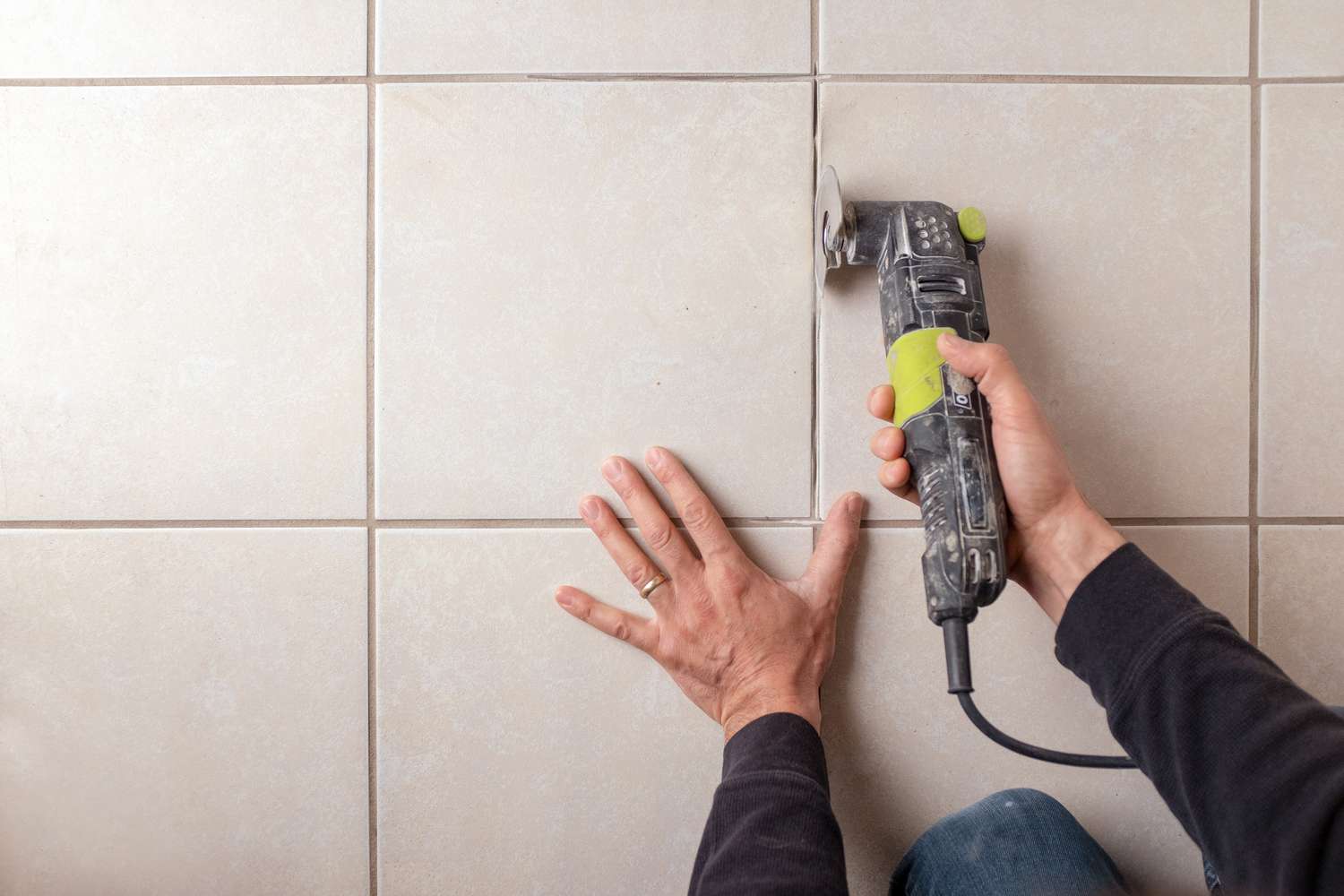
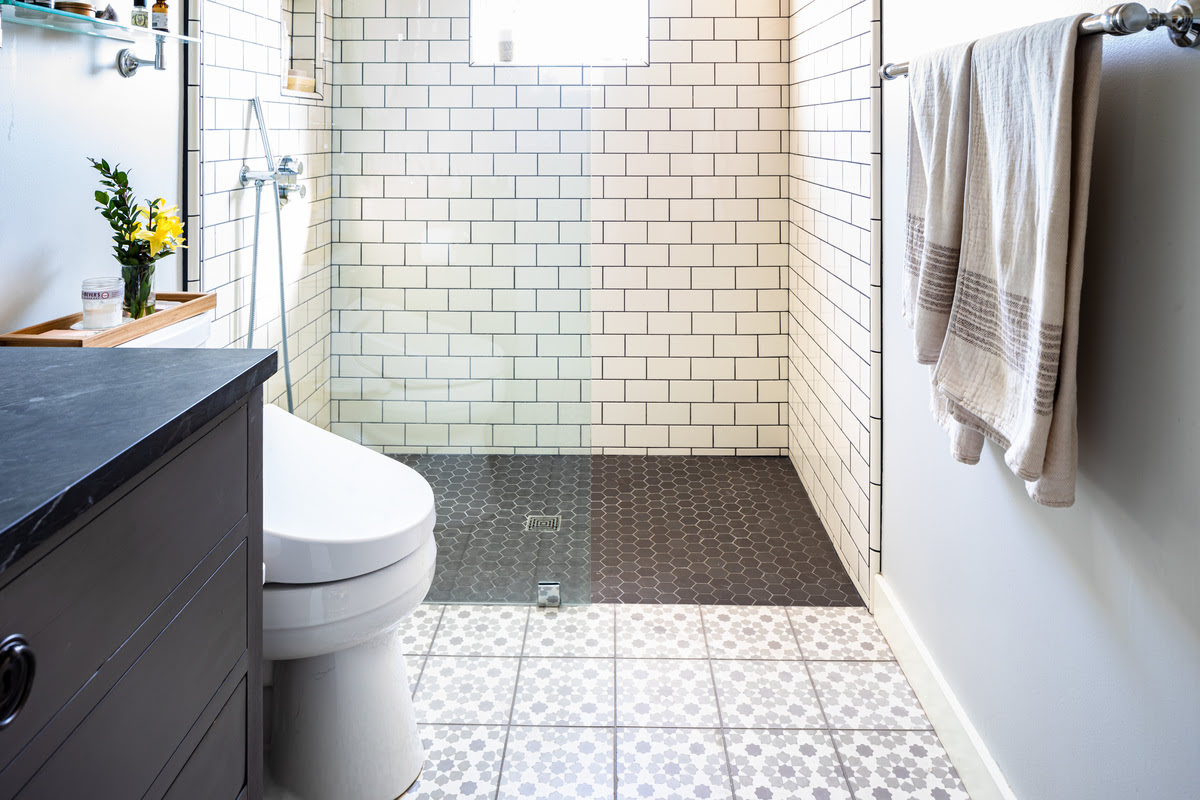
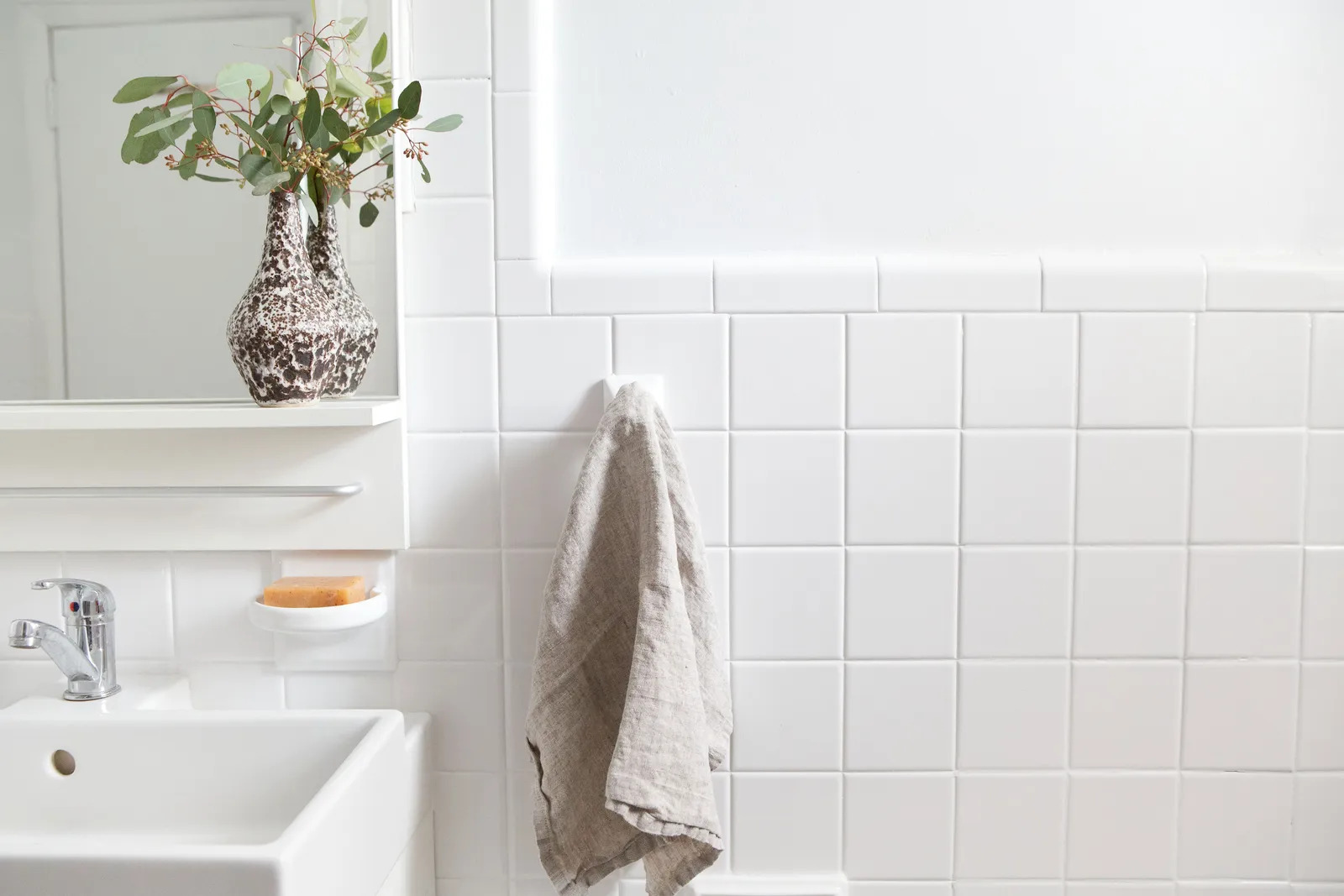
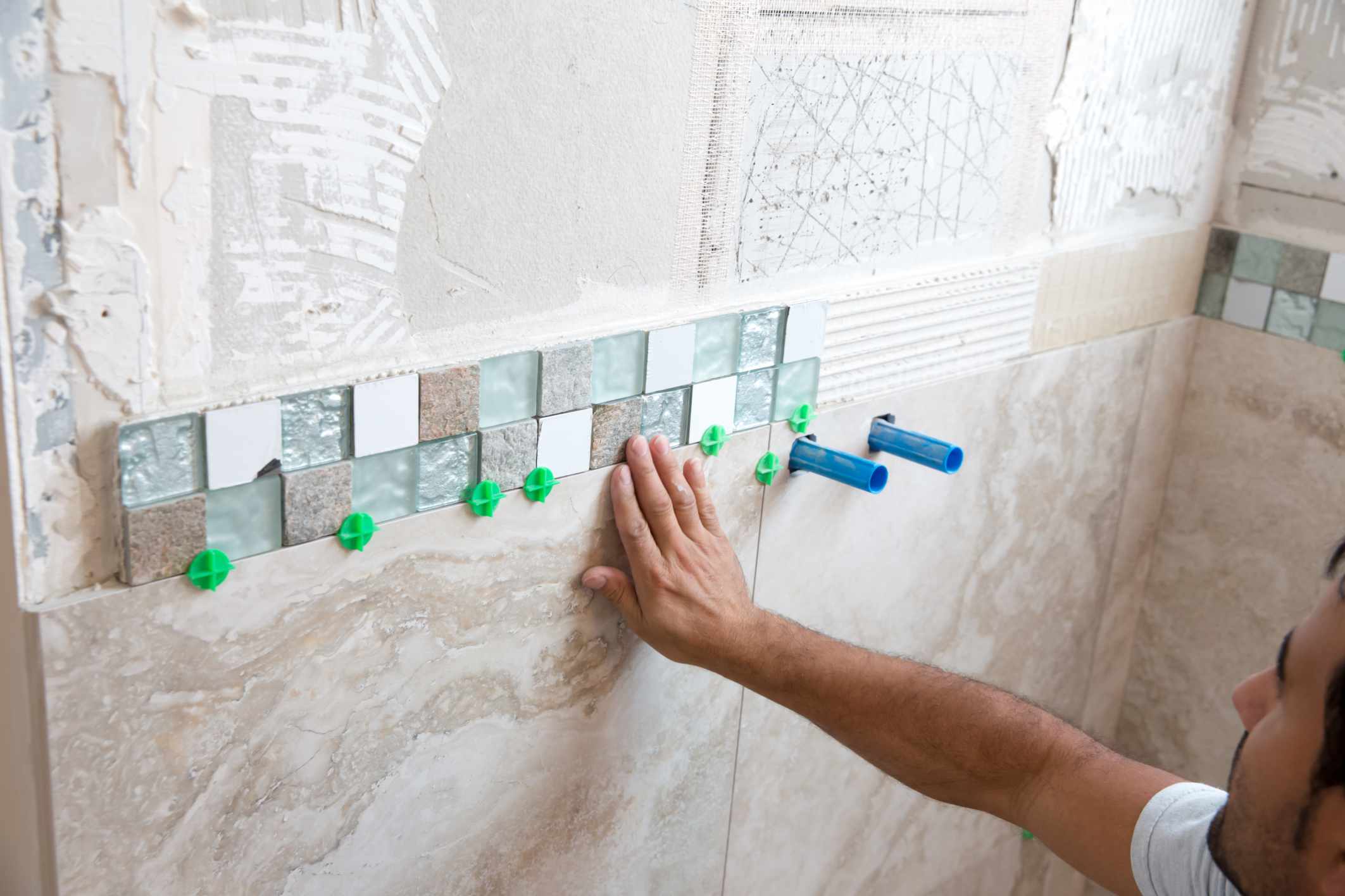
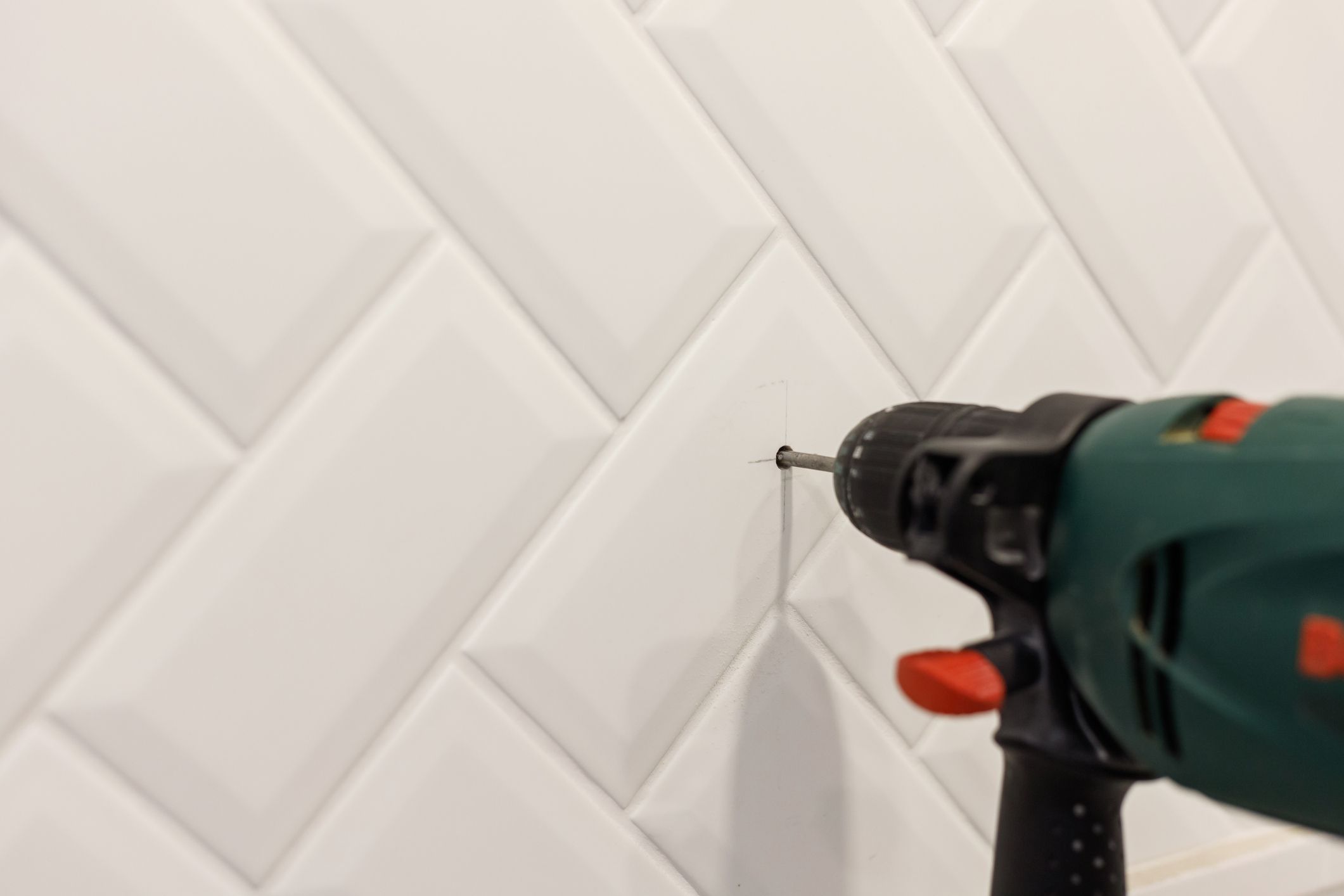
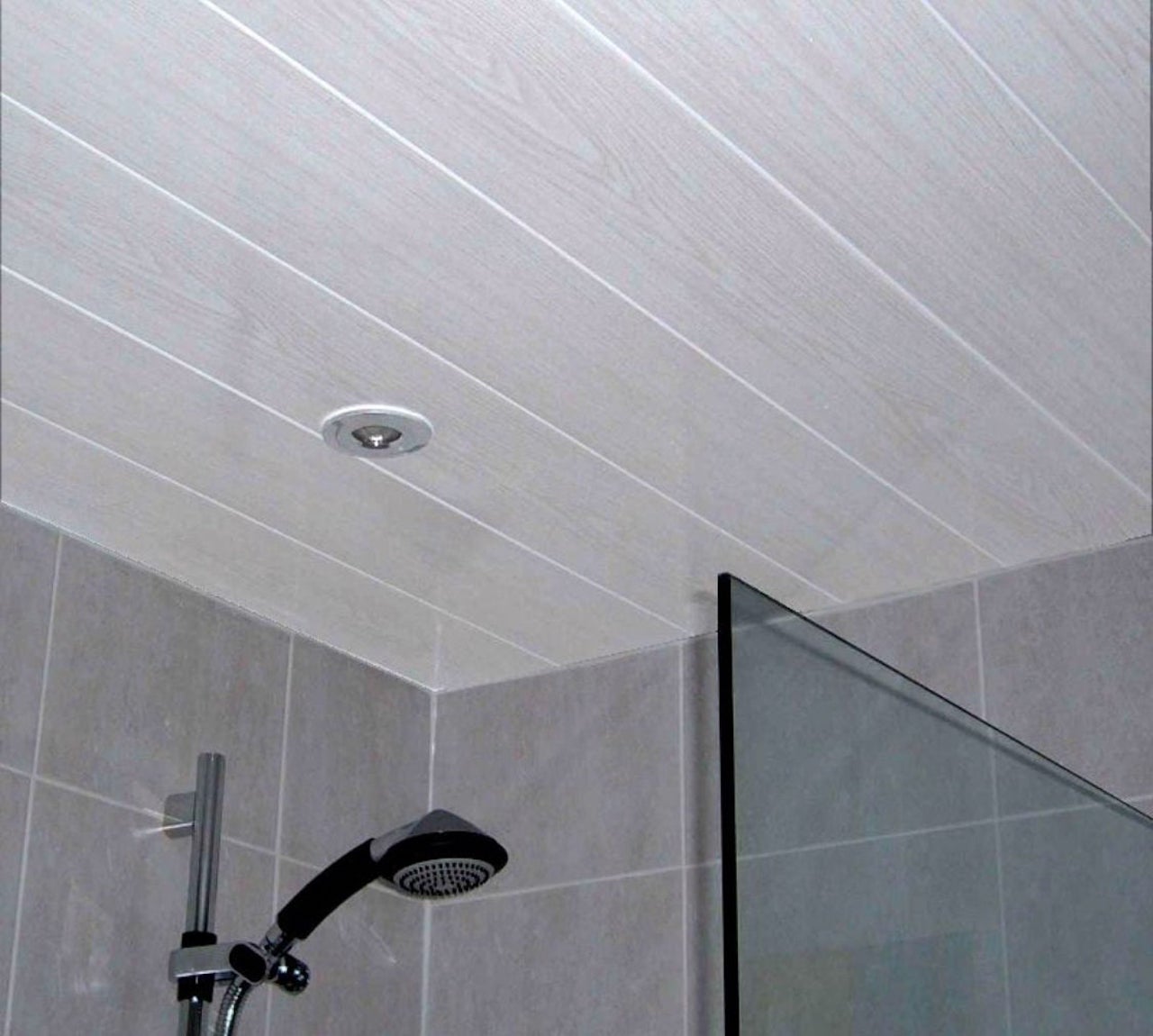
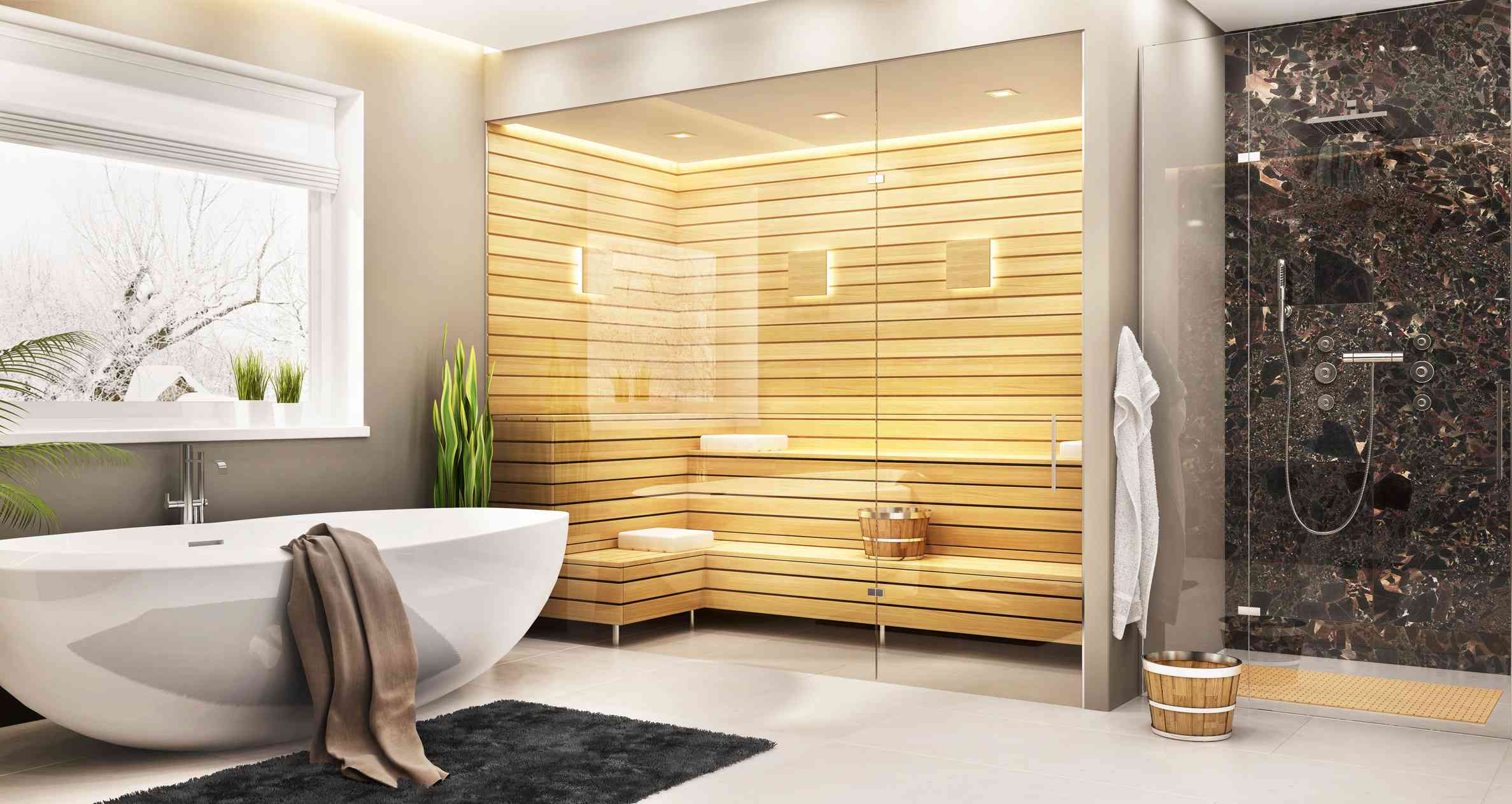
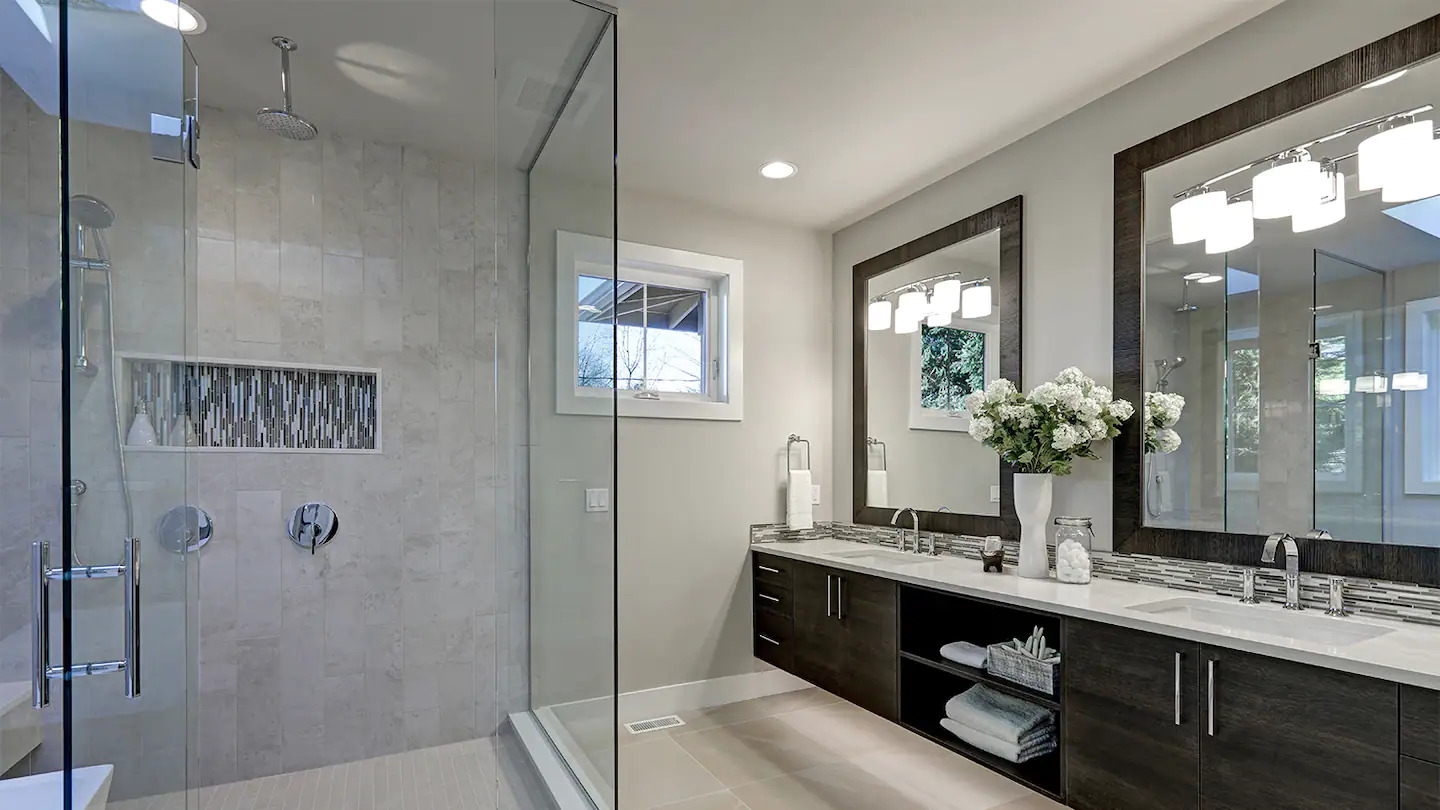
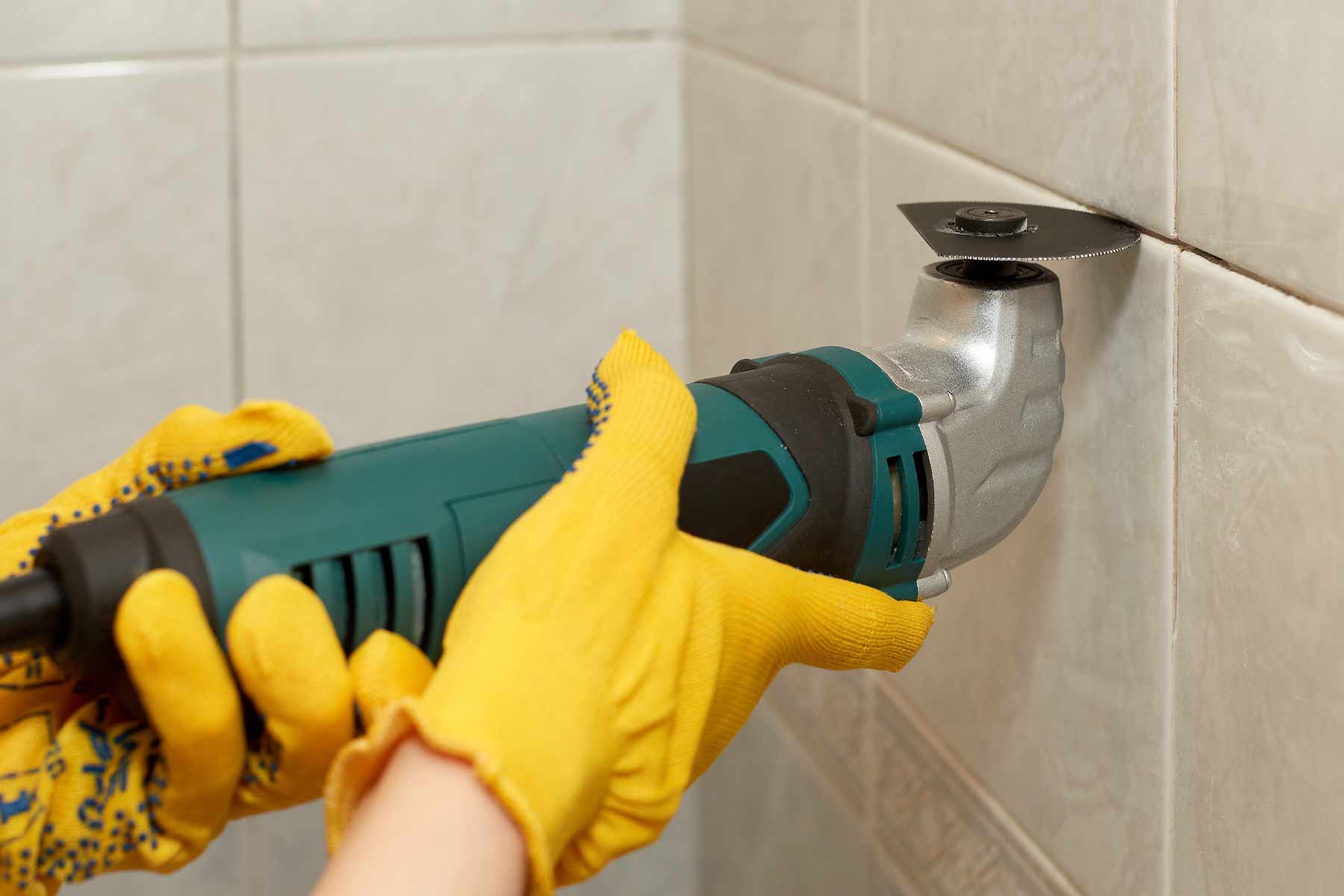
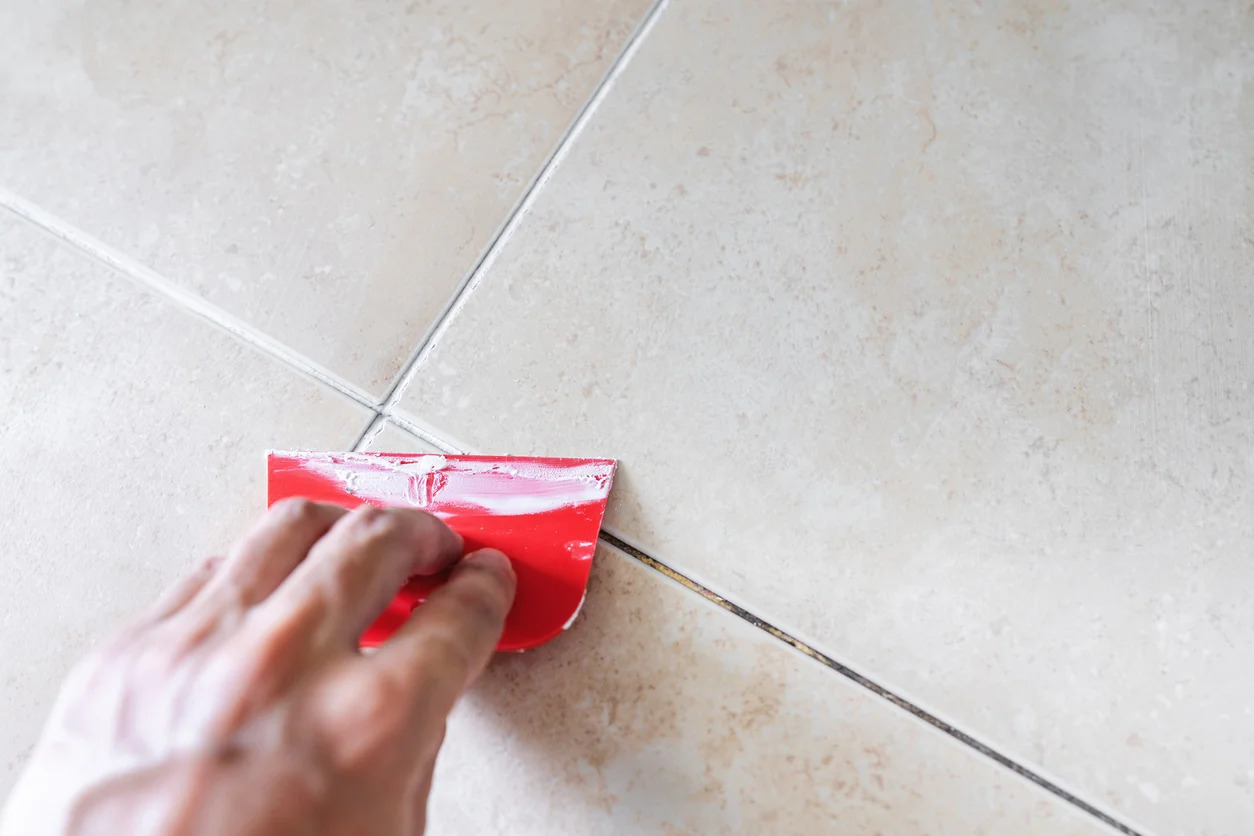

0 thoughts on “Why Is The Shower Tile Turning White”